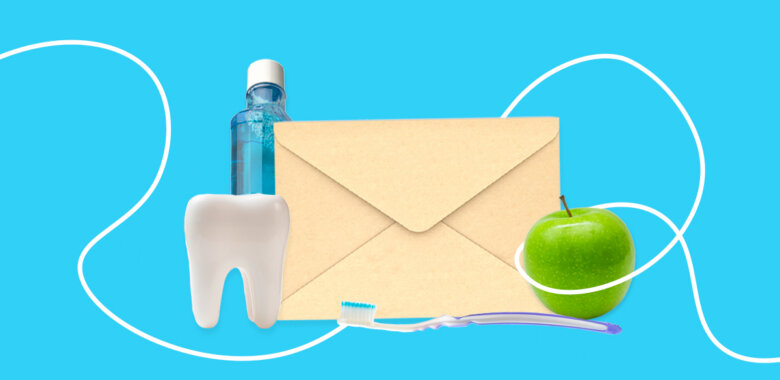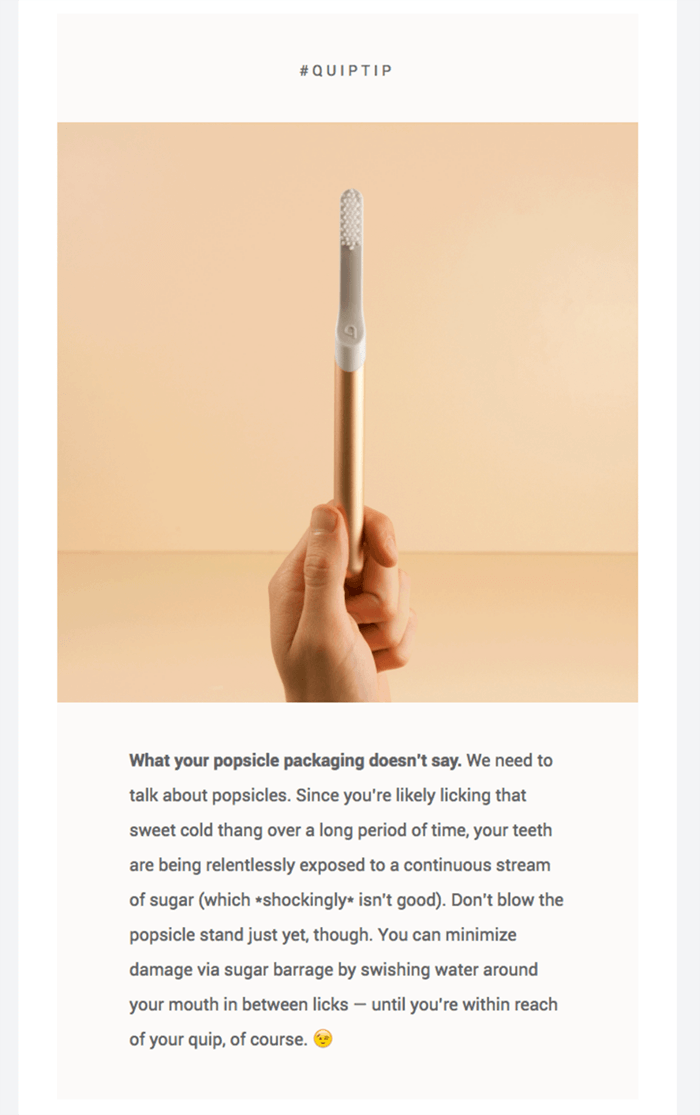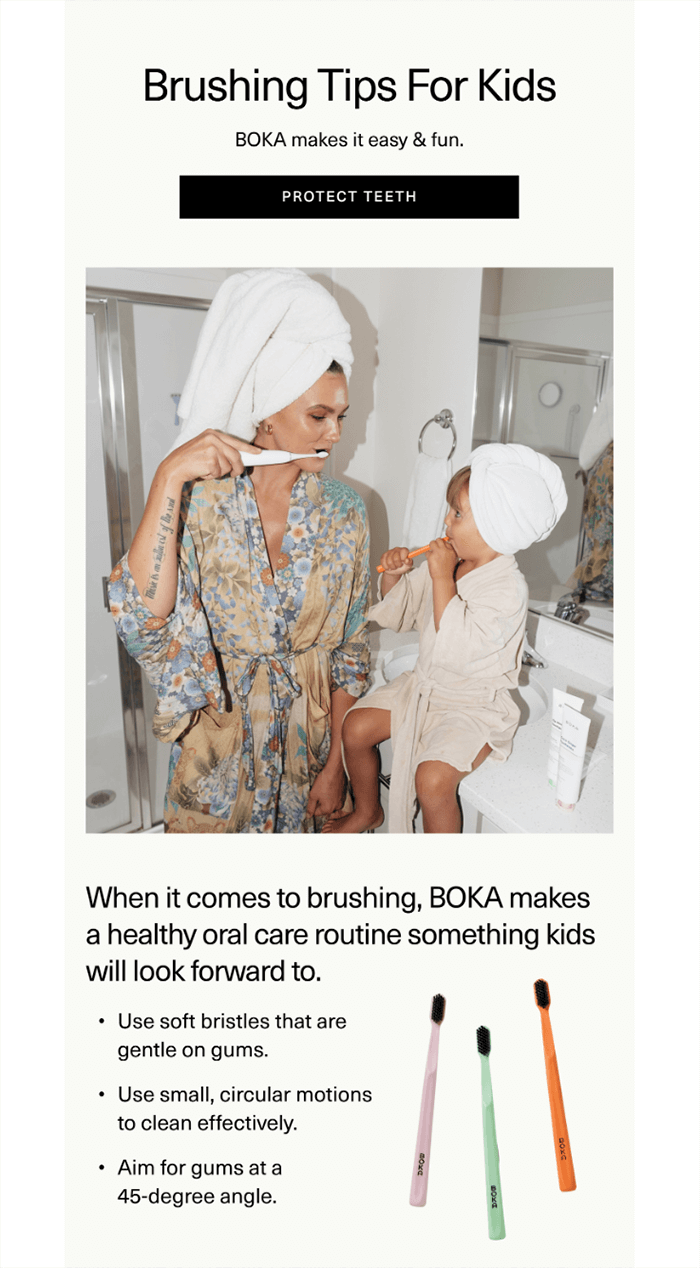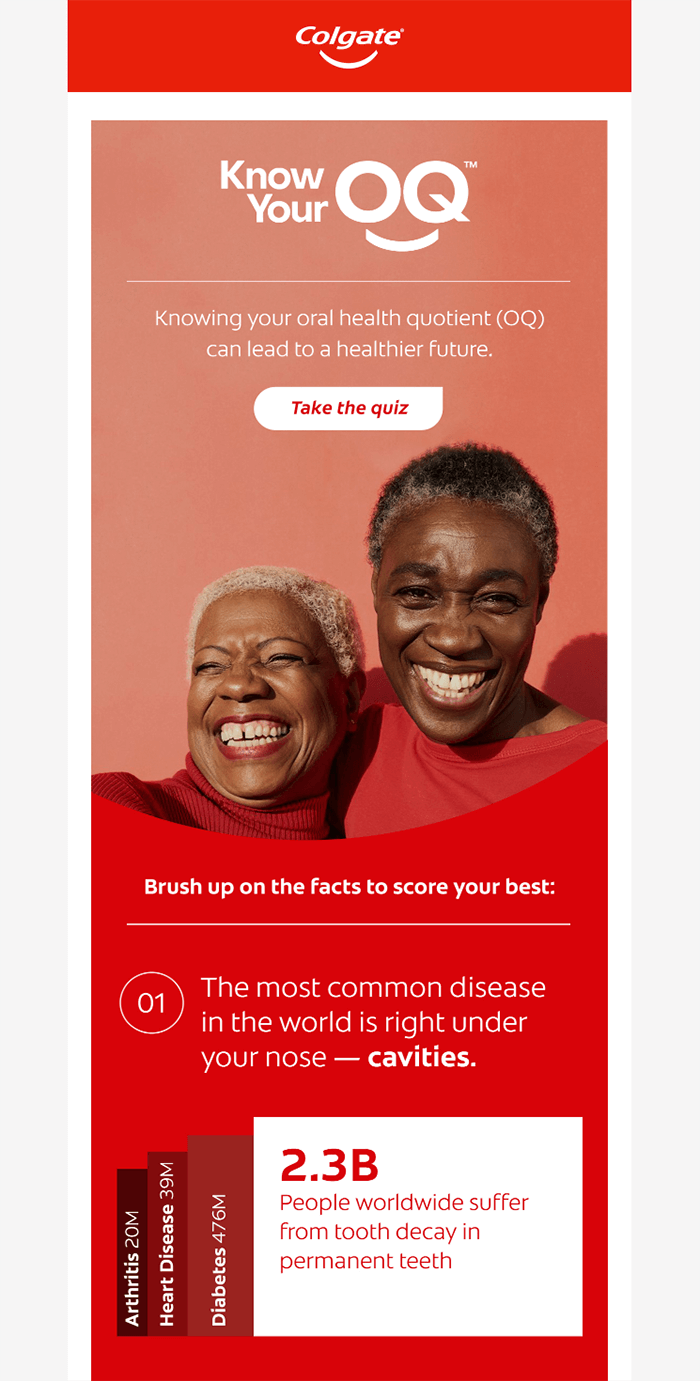Why send out dental newsletters
Across all types of marketing emails, newsletters are among the most common. They are typically aimed at informing and educating clients, which makes them indispensable as an integral part of email marketing campaigns in all industries, dentistry included.
Here’s what incorporating newsletters into your dental email marketing strategy can do:
- Increase client retention
Clients that keep coming back are the best clients: they are loyal, plus they don’t cost as much as the new ones in terms of marketing. For dentists, sending out newsletters that keep patients engaged is an effective way to retain them and encourage more visits.
- Initiate referrals
Newsletters typically contain shareable content — something that might be useful to many people (more on that later). If your clients or prospects find the contents of your emails compelling enough, chances are they’ll pass that information along to their contacts.
- Drive traffic to your website
Providing bits of engaging content in your newsletters (blog article excerpts, for instance), accompanied by links to your dental practice or company website, helps drive traffic and move your clients down the marketing funnel. Announcements, promo offers, etc. work in a similar manner when you provide links to your website page in the email body.
- Increase conversion and boost sales
Sending out promo offers and discounts can help you lift conversion rates and, eventually, boost sales — either by driving traffic to your website or online store, or by encouraging direct calls to your dental office.
- Increase authority and build trust
Last but not least, providing expert materials on such topics as dental health and care helps establish you or your company as true professionals people can trust. That, in turn, is a great way to beat the competition and, eventually, win more clients.




















